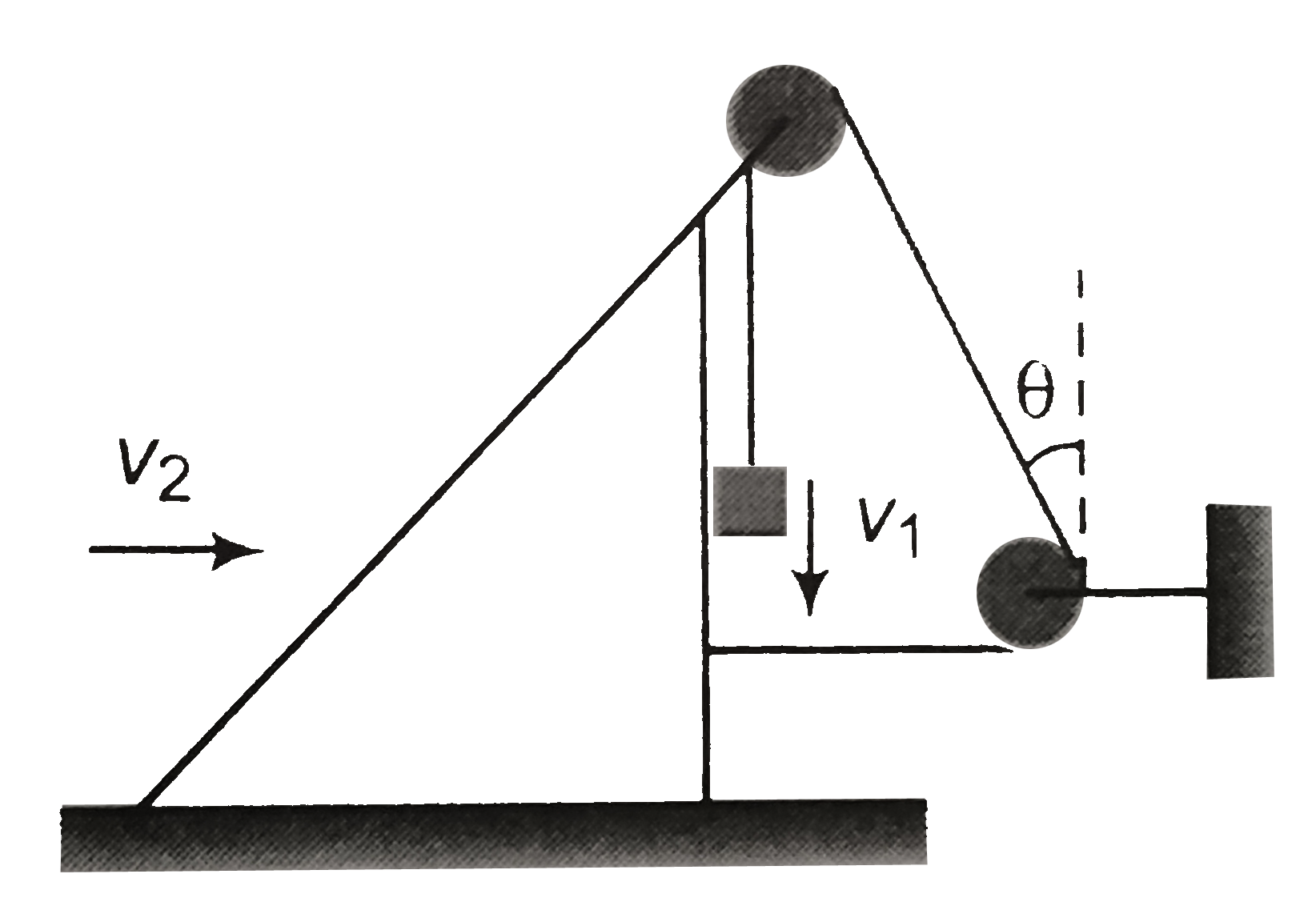The correct relation between joule and erg is
erg
erg
erg
erg
The correct Answer is:D
To find the correct relation between Joule and Erg, we can follow these steps:
Step 1: Understand the Units
1 Joule (J) is the SI unit of energy, while 1 Erg (erg) is the CGS (centimeter-gram-second) unit of energy.
Step 2: Convert Joules to Ergs
We start with the definition of 1 Joule:
1 Joule=1 kg⋅m2/s2
Step 3: Convert Kilograms to Grams
We know that:
1 kg=1000 g=103 g
Step 4: Convert Meters to Centimeters
We also know that:
1 m=100 cm=102 cm
Step 5: Substitute the Conversions
Now, substituting these conversions into the Joule equation:
1 Joule=(103 g)⋅(102 cm)2/s2
This simplifies to:
1 Joule=(103 g)⋅(104 cm2)/s2
Step 6: Combine the Terms
Combining the terms gives:
1 Joule=107 g⋅cm2/s2
Step 7: Relate to Ergs
Since 1 Erg is defined as:
1 erg=1 g⋅cm2/s2
We can now express Joules in terms of Ergs:
1 Joule=107 erg
Conclusion
Thus, the correct relation between Joule and Erg is:
1 Joule=107 erg
---
1 Joule (J) is the SI unit of energy, while 1 Erg (erg) is the CGS (centimeter-gram-second) unit of energy.
We start with the definition of 1 Joule:
1 Joule=1 kg⋅m2/s2
We know that:
1 kg=1000 g=103 g
We also know that:
1 m=100 cm=102 cm
Now, substituting these conversions into the Joule equation:
1 Joule=(103 g)⋅(102 cm)2/s2
This simplifies to:
1 Joule=(103 g)⋅(104 cm2)/s2
Combining the terms gives:
1 Joule=107 g⋅cm2/s2
Since 1 Erg is defined as:
1 erg=1 g⋅cm2/s2
We can now express Joules in terms of Ergs:
1 Joule=107 erg
Thus, the correct relation between Joule and Erg is:
1 Joule=107 erg
Topper's Solved these Questions
- WORK , ENERGY AND POWERBOOK - NCERT FINGERTPS ENGLISHCHAPTER - WORK , ENERGY AND POWEREXERCISE - NCERT
18 Videos
- WORK , ENERGY AND POWERBOOK - NCERT FINGERTPS ENGLISHCHAPTER - WORK , ENERGY AND POWEREXERCISE - ASSERTION & REASON
15 Videos
- WAVESBOOK - NCERT FINGERTPS ENGLISHCHAPTER - WAVESEXERCISE - Assertion And Reason
15 Videos
Similar Questions
Knowledge Check
The correct relation is :
Ad = M x VBM = d x VCV = d x MDd=M + VCH3−O∣∣C−aO−bCH3 ,
The correct relation between the bond lengths a and b is:Aa=bBb>aCb<aDImpossible to predictThe correct relation between linear velocity →v and angular velocity →ω of a particle is
A→v=→r×→ωB→v=→ω×→rC→ω=→r×→vD→ω=→v×→r
The correct relation between compound(s) I and II is/are

View SolutionThe correct relation between the refractive index (μ) of the material of prism (A) and angle of minimum deviation (δ) is
View SolutionThe correct relation between tav=average life and t1/2= half life for a radioactive nuclei.
View SolutionFor A+B⇔C+D , the equilibrium constant is K1 and for C+D⇔A+B, the equilibrium constant is K2. The correct relation between K1 and K2 is
View SolutionIn the figure block moves downwards with velocity v1, the wedge rightwards with velocity v2. The correct relation between v1 and v2 is

View Solution
